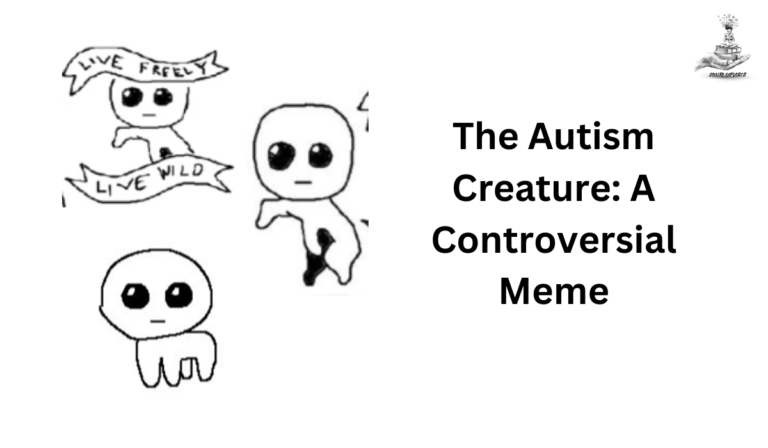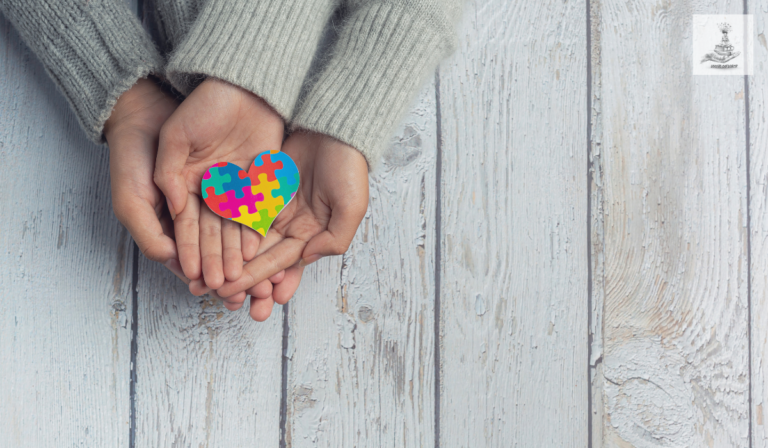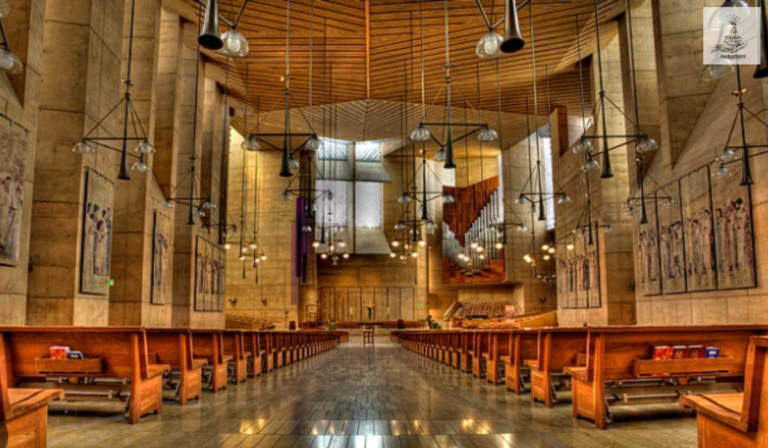Justice : A Path towards Equality
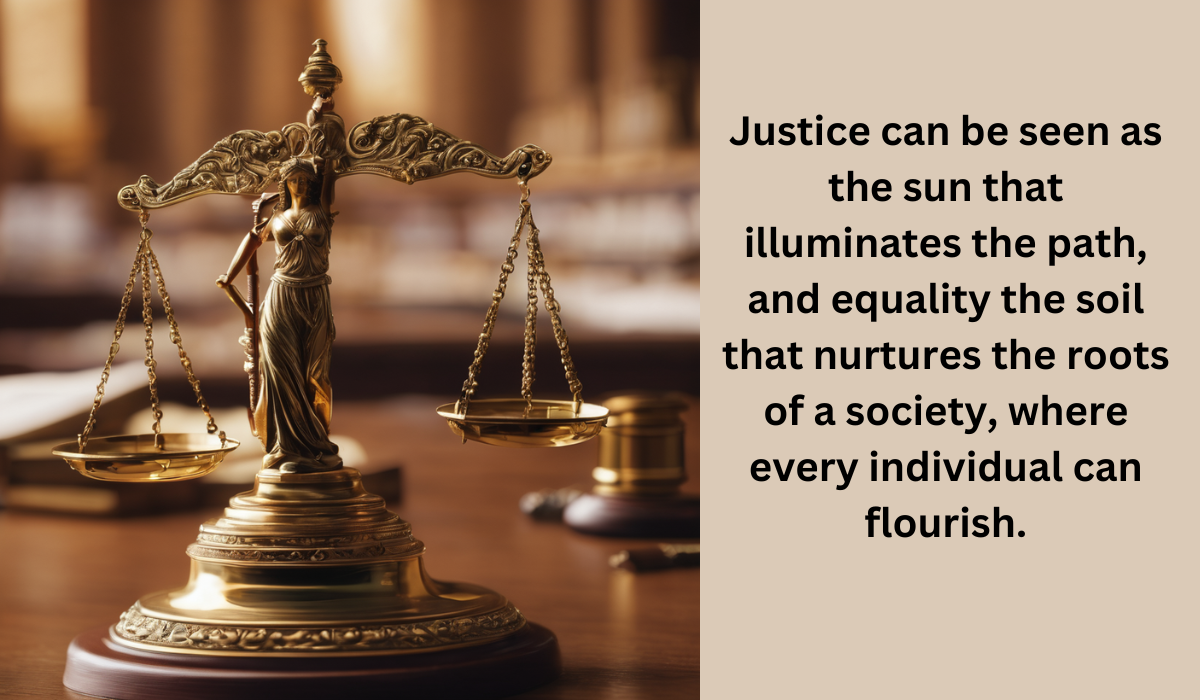
Justice is a concept that encompasses fairness, equity, and the application of moral and legal principles within a society. It is a foundational principle that underpins the functioning of societies, legal systems, and interpersonal relationships. In the legal framework, it demands impartial treatment of individuals, adherence to the rule of law, protection of rights, and equal access to the legal system. And beyond it addresses social inequalities to promote social equity.
It involves correcting past injustices, ensuring proportionality in punishment, and restoring balance through restorative practices. It seeks to create a balance between individual rights and the common good, fostering a society where all members are treated with dignity, equality, and fairness. Ethical and moral considerations, impartial adjudication, and humanitarian values are integral to the pursuit of justice, creating a foundation for a society where all individuals are treated with dignity and fairness.
The roadmap to a society where fairness reigns, opportunities abound, and the scales of righting wrongs are balanced for all.
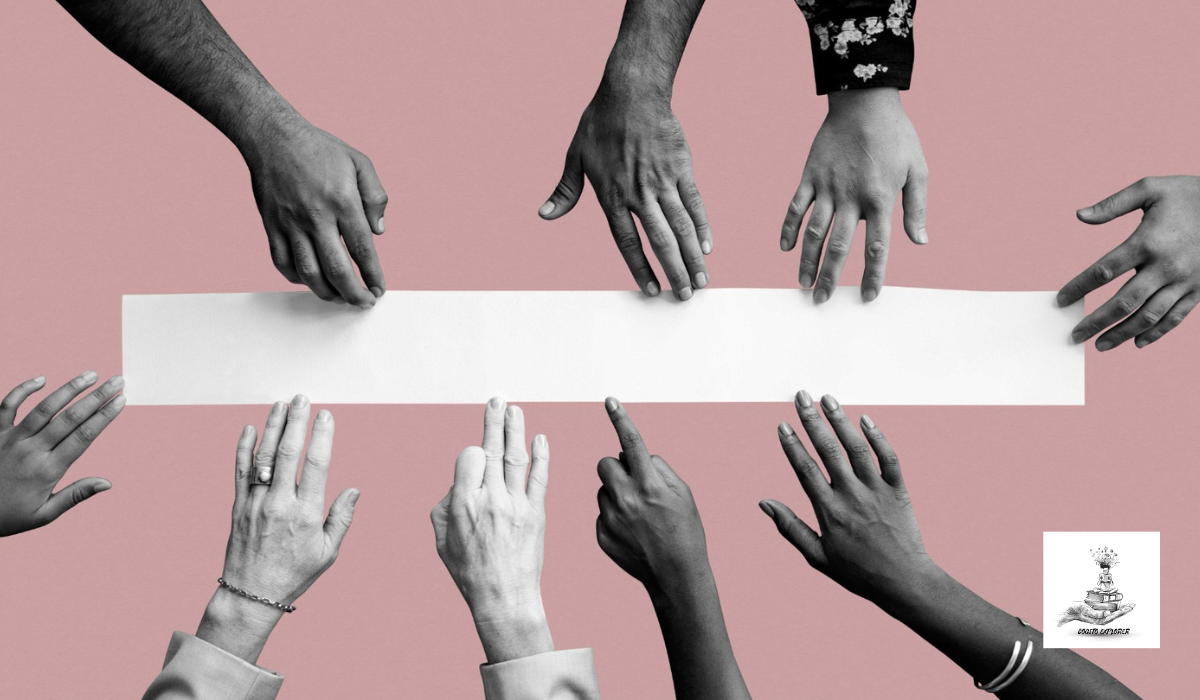
Justice is a multifaceted concept for ensuring that individuals receive their due rights and treatment within a society. There are several dimensions of justice, each focusing on different aspects of human interactions and societal structures. Some of the prominent types of justice include:
Social Justice
Concerned with the fair treatment of all individuals in society, addressing systemic inequalities, and advocating for the rights of marginalized or disadvantaged groups. Social justice encompasses issues such as gender equality, racial justice, LGBTQ+ rights, and economic equity. It often involves policy interventions to rectify historical and systemic injustices.
Economic Justice
Concerned with the fair distribution of economic resources and opportunities. Economic justice addresses issues such as income inequality, access to education and employment, and the provision of social safety nets to ensure that economic benefits are shared equitably among all members of society. aiming to address issues of poverty, wealth disparity, and economic inequalities within a society.
Distributive Justice
Concerned with the fair allocation of resources, opportunities, and benefits in society. It aims to address economic inequalities and ensure that everyone has access to essential goods and services. Policies related to taxation, welfare, and social services are often shaped by principles of distributive justice.
Communal Justice
Focuses on the fair resolution of conflicts within a community, emphasizing cooperation, shared values, and the overall well-being of the community. Communal justice involves community-based dispute resolution, restorative practices, and collaborative problem-solving to maintain harmony and cohesion.
Cosmic Justice
A philosophical concept that explores the idea of justice on a cosmic or metaphysical scale. It often delves into questions of morality, divine justice, and the ultimate balance in the universe. Cosmic justice is more theoretical and can be discussed within religious, philosophical, or ethical frameworks.
Information Justice
Concerned with equitable access to information and communication technologies. It involves ensuring that information rights, freedom of expression, and digital inclusivity are upheld, promoting fair and equal participation in the information society.
Intra-group Justice
Focuses on the fair treatment of individuals within specific groups or organizations. Intra-group justice addresses issues of discrimination, power dynamics, and governance within the group, aiming to create equitable and inclusive environments.
Criminal Justice
Criminal justice refers to the system of practices and institutions designed to uphold social order, prevent and mitigate crime, and administer punishment or rehabilitation to those who violate the law. It involves a complex network of legal processes, law enforcement, judicial systems, and correctional facilities working together to ensure public safety and the fair treatment of individuals accused of criminal conduct.
Fairness is not just a verdict; it is the very foundation upon which trust in the system is built.
Today’s discussion will revolve around criminal justice which emphasizes legal standards, evidence, and procedural rules. It is a comprehensive system involving law enforcement, the legal system, and corrections, all working together to maintain social order, prevent and respond to crime, and ensure the fair and just treatment of individuals within a society. It specifically pertains to the system and processes designed to address violations of criminal laws, focusing on individual accountability through legal procedures. The process includes various stages, each guided by principles such as due process, equal protection, and the pursuit of both punishment and rehabilitation. There are different theories each defining different ways a criminal should be dealt with. Some of them are enumerated below.
Deterrence Theory
Deterrence theory posits that the threat of punishment can deter individuals from engaging in criminal behavior. It operates on the assumption that potential offenders weigh the costs and benefits of committing a crime and are less likely to offend if the consequences are severe and certain.
Preventive Theory
Preventive theories focus on strategies and interventions designed to prevent crime before it occurs. This may involve addressing the root causes of criminal behavior, implementing community-based programs, and providing resources and support to at-risk individuals.
Retributive Theory
Retributive justice emphasizes the punishment of offenders as a form of societal retribution. It is rooted in the concept that individuals who violate the law deserve punishment proportionate to the severity of their crimes. Retribution aims to restore a sense of justice and balance in society.
Restorative Justice
Restorative justice seeks to repair the harm caused by criminal behavior by involving the parties affected—victims, offenders, and the community—in the resolution process. It emphasizes restitution, apology, and reconciliation, focusing on healing and rebuilding relationships.
Rehabilitative Theory
Rehabilitative theories advocate for the rehabilitation of offenders. Aiming to address the underlying causes of criminal behavior and reintegrate individuals into society as law-abiding citizens. Rehabilitation may involve education, vocational training, counseling, and other support programs.
Restitution Theory
Restitution theory emphasizes compensating victims for the harm they have suffered. It advocates for offenders to make amends by repaying or providing restitution to victims as part of the punishment process.
Community Justice
Community justice theories emphasize the active involvement of communities in addressing and preventing crime. This involves collaboration between law enforcement, community organizations, and residents to identify. Address local concerns, fostering a sense of shared responsibility for public safety.
There are other theories such as Due Process Theory, Equal Justice Theory, Utilitarian Theory, Due Care Theory, etc. Dealing with the same fundamental question of Justice i.e. the determination of guilt or innocence. Let us take a look at the Criminal Justice System of one of the oldest and largest democracies of the world the United States of America.
Criminal Justice System in America
Let’s take a closer look at the U.S. criminal justice system from a philosophical standpoint. Instead of diving into complex legal jargon, we’re going to explore the big questions about how we handle things like punishment, rehabilitation, and the pursuit of justice.
Locking People Up: Finding the Right Balance
So, when we talk about throwing people in jail, there’s a classic way of thinking that says it’s all about payback – you do something wrong, you get punished. But there’s another idea gaining ground that says, “Hey, can’t we help these folks get back on track?” It’s a bit like asking if prison should be about making people better rather than just getting back at them.
Getting Back on Track: Giving Second Chances
Now, when we talk about helping folks get better, that’s what we mean by rehabilitation. It’s about giving people a chance to turn things around and be a positive part of society again. It’s like saying, “Okay, you messed up, but we believe you can change, and we’re going to help you do that.”
Chasing Justice: What’s the Right Thing to Do?
And then there’s this big idea of justice. What does that even mean? Well, it’s not just about punishment; it’s about treating people fairly and making things right. We need to ask ourselves if we’re achieving justice when we focus only on punishing people or if we should aim for a more balanced approach that helps both individuals and society.
The Tricky Parts: Figuring Out What’s Right
As we think about all this, we run into some tough questions. Like, what’s the right punishment for a crime? How do we balance protecting society with respecting individual rights? These are the gray areas where we need to carefully navigate to build a justice system that’s not just tough but also fair and compassionate.
Before addressing the matter of utmost importance — the challenges within our criminal justice system. It is crucial to foster an open dialogue about how we can work together to bring about positive change.
One of the most significant issues facing our criminal justice system is the lack of equity and fairness. We cannot ignore the fact that certain communities, often marginalized, face disproportionate impacts within the system. This raises questions about the fundamental principles of justice and calls for a thorough examination of policies that may contribute to these disparities.
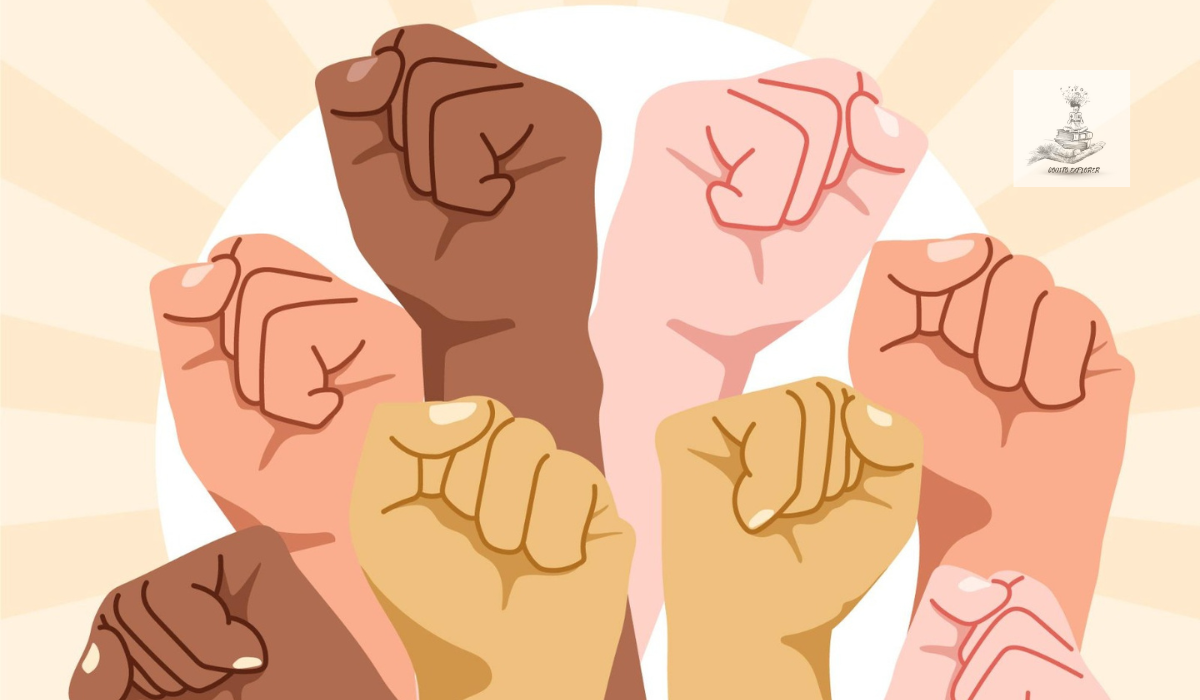
The biggest flaws in our judicial system become apparent when we observe the struggle for access to justice. Many individuals, particularly those with limited resources, find themselves at a disadvantage. This brings into question the true accessibility and equality of our legal processes. It is incumbent upon us to explore ways to bridge this gap and ensure that justice is truly blind.
One of the key issues within the criminal justice system lies in the courtroom itself. Delays, backlogs, and a lack of resources contribute to a system that often fails to deliver timely justice. We must address these inefficiencies to create a more responsive and effective judicial process.
Reflecting on contemporary crime challenges, it is evident that our system must evolve to keep pace with the complexities of the modern world. Technology, for all its advancements, poses new challenges and opportunities for our criminal justice system. Balancing the use of technology while safeguarding individual rights is a delicate task that requires our collective attention.
As we discuss criminal justice problems that affect change, it is essential to emphasize that change is indeed possible. Our system, like any other, is not infallible, but acknowledging its shortcomings is the first step toward improvement. Criminal justice reform is not an indictment of our system but an opportunity to make it more just, equitable, and efficient.
The current issues within our criminal justice system underscore the need for continuous evaluation and reform. We cannot rest on the laurels of tradition; we must adapt and improve. Downsides of criminal justice reform should be considered, but they should not deter us from the path of progress. Thoughtful, well-informed reforms can address these downsides and create a system that truly serves justice.
I also want to explain a little bit about “Criminal Justice in America 10th Edition“. This isn’t just any edition. It’s the tenth, packed with the latest legal insights, societal changes, and precedents. Whether you’re a student, scholar, or practitioner, it’s your go-to for understanding law enforcement, the judiciary, corrections, and the amazing topics in the field. It’s more than a textbook; think of it as your trusty companion on the journey through America’s legal landscape.
I am attaching the criminal justice in america 10th edition pdf link to download – http://ndl.ethernet.edu.et/bitstream/123456789/16097/1/222.pdf
Also, If you are want to buy criminal justice in america 10th edition visit this link – https://www.directtextbook.com/isbn/9780357456330
Conclusion
Justice is the sun that illuminates the path, and equality is the soil that nurtures the roots of a society where every individual can flourish. So if we want a society to have equality to different individuals the first thing to do is redress the Justice system of the land. Let us not shy away from acknowledging the flaws within our criminal justice system. It is through open discussions, collaboration, and a commitment to positive change that we can address these challenges. We owe it to ourselves, our communities, and future generations to build a criminal justice system that reflects the values of fairness, equity, and justice for all.
Frequently Asked Questions (FAQs) on Criminal Justice System Challenges:
Q: What are the most significant issues within the criminal justice system that need addressing?
A: The most significant issues include disparities in the system, limited access to justice, courtroom inefficiencies, and the need to adapt to contemporary crime challenges.
Q: How do disparities in the criminal justice system manifest, and what can be done to address them?
A: Disparities often affect marginalized communities, raising questions about the fairness of the system. Addressing this requires a thorough examination of policies contributing to these disparities and implementing measures to ensure equity.
Q: How can we improve access to justice for individuals with limited resources?
A: Improving access to justice involves addressing financial barriers and ensuring that legal processes are equally accessible to all. Exploring avenues for legal aid and streamlining the legal system can contribute to this improvement.
Q: What are the key inefficiencies within courtrooms, and how can they be addressed?
A: Delays, backlogs, and resource limitations contribute to inefficiencies. Addressing these issues requires a multi-faceted approach, including increased resources, streamlined processes, and technology integration.
Q: How does technology impact the criminal justice system, and what challenges does it pose?
A: Technology presents both challenges and opportunities. Balancing its use while safeguarding individual rights is crucial. Efforts should focus on integrating technology thoughtfully to enhance efficiency without compromising fairness.
Q: Why is criminal justice reform necessary, and what does it aim to achieve?
A: Criminal justice reform is necessary to address shortcomings in the system and make it more just, equitable, and efficient. The goal is to adapt to contemporary challenges, ensure fairness, and improve the overall effectiveness of the system.
Q: Are there downsides to criminal justice reform, and how can they be mitigated?
A: Yes, downsides exist, and they may include resistance to change and potential unintended consequences. Mitigating these downsides involves thoughtful, well-informed reforms, continuous evaluation, and a commitment to positive change.
Q: How can individuals contribute to the improvement of the criminal justice system?
A: Individuals can contribute by staying informed, engaging in open discussions, supporting reforms that promote fairness and equity, and participating in community initiatives that seek to address challenges within the criminal justice system.




